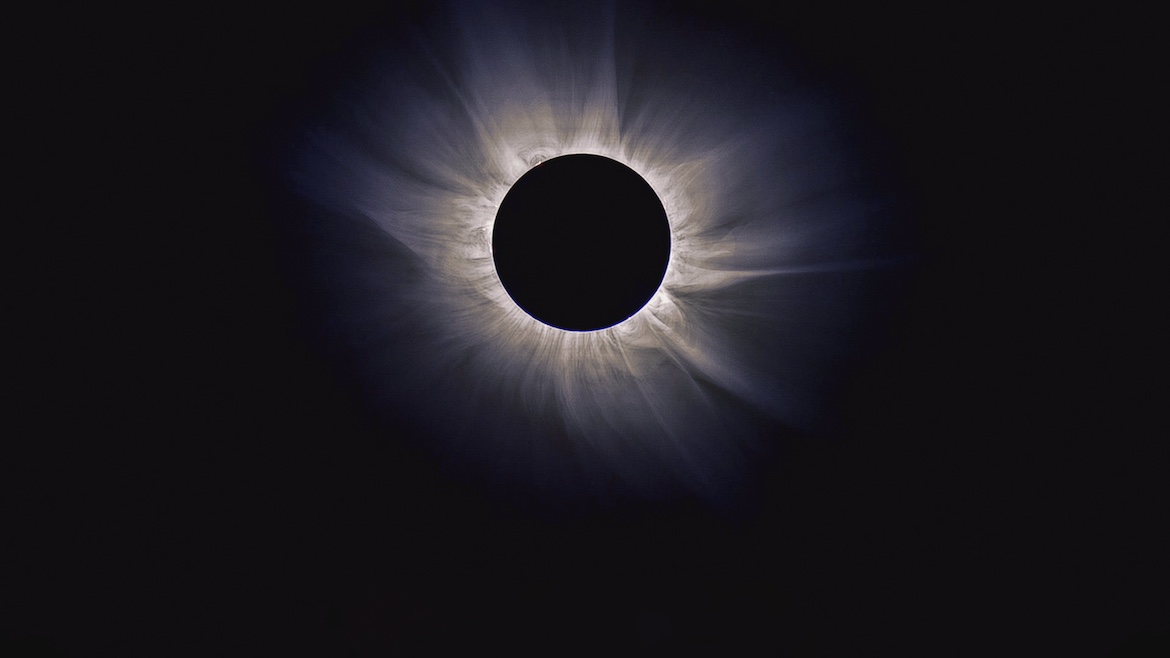‘Nova’ documents historical discovery at Lithuanian Holocaust site

Researchers Richard Freund and Harry Jol determine the best location for ground-penetrating radar near the World War II-era pit that held Jewish prisoners. (Photo: Ezra Wolfinger for Nova)

Researchers Richard Freund and Harry Jol determine the best location for ground-penetrating radar near the World War II–era pit that held Jewish prisoners. (Photo: Ezra Wolfinger for Nova)
An archeological team that Nova is filming for a PBS documentary has made a major discovery at a Lithuanian Holocaust site.
Earlier this month researchers located a 100-foot-long underground tunnel at Ponar that Jewish prisoners dug by hand in an attempt to escape execution by the Nazis in 1944. Historians have been trying to determine the path of the tunnel since World War II but could not dig at the site because it contains remains of 100,000 victims.
Only 11 prisoners emerged alive through the tunnel, which originated in a pit holding 80 captives.
An international team led by University of Hartford Professor of Jewish History Richard Freund and Jon Seligman of the Israel Antiquities Authority used noninvasive technology including ground-penetrating radar and electrical resistivity tomography, usually used by geologists searching for oil and gas.
The researchers also discovered more burial pits in the forest next to the site, which could contain the remains of up to 10,000 more victims.
Paula Apsell, Nova senior executive producer, said in an announcement Wednesday that the find has “tremendous historical and scientific significance.”
The Nova documentary, set to air in 2017, will feature interviews with archaeologists, geophysicists and scholars describing the fate of Jews housed near what is now Vilnius, Lithuania.
Nova producers also documented a major archeological discovery in September 2015 when researchers uncovered some 1,500 hominid fossils in a South African cave.
Here’s a look a the discovery:






Nice one for #novapbs. The best in science produced in Boston, shared with the world.